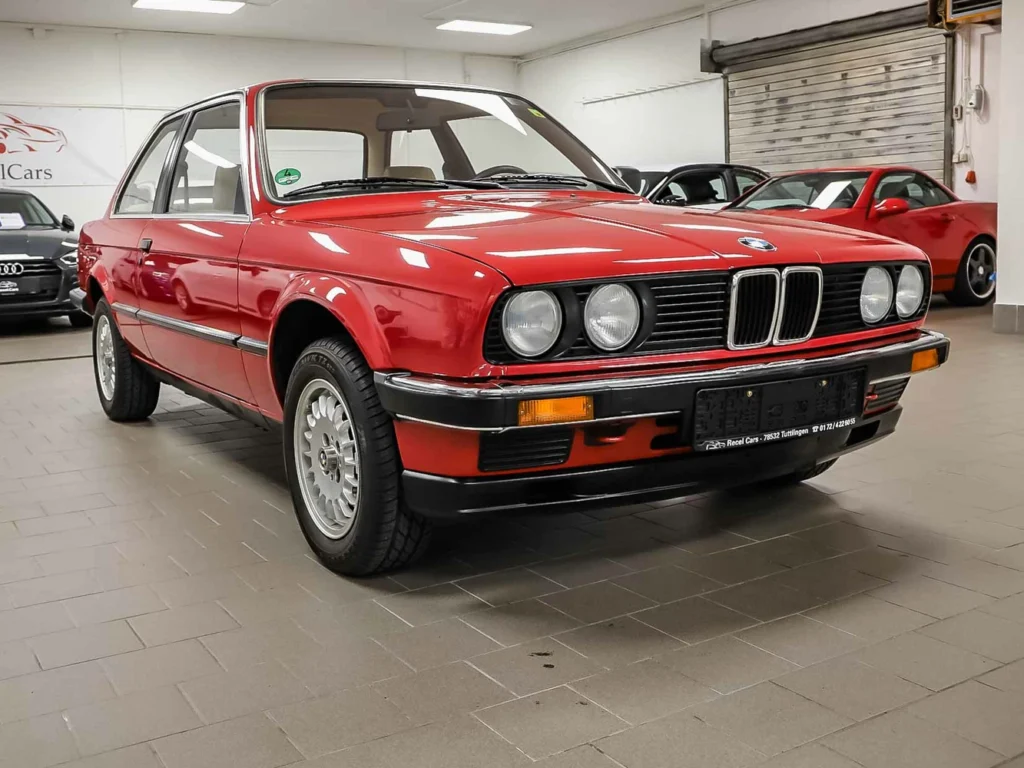























Request more information regarding: 1985 BMW E30 320 We'll get back as soon as possible.
Request more information regarding: 1985 BMW E30 320 We'll get back as soon as possible.
More Information
Matching Numbers.
Until today the car has been driven by two owners without any accidents. The existing H license plate certifies its classic car status. In addition, the BMW has TÜV until April…
Matching Numbers.
Until today the car has been driven by two owners without any accidents. The existing H license plate certifies its classic car status. In addition, the BMW has TÜV until April 2025, it is ready to drive, but has no registration at the moment.
In the interior of the vehicle, timeless charm is conveyed by the beige fabric interior. A classic four-spoke steering wheel and a neatly designed dashboard round off the good overall impression of the interior. Of particular note is the apparent very good condition of the interior, as can be seen in the pictures. The interior has been carefully maintained and presents itself in an attractive and well-kept condition. Further equipment of the vehicle includes a radio, which provides entertainment and musical accompaniment during the trips.
At the heart of the BMW 320 is a powerful engine with an impressive output of 125 hp. This reliable engine propels the vehicle powerfully over the roads and offers a dynamic driving experience. The manual transmission gives the driver a direct driving feel and supports a sporty driving style.
Like the interior and exterior, the car’s underbody presents itself in an tidy and rust-free condition. Only normal, age-related signs of use may be present, but these have no impact whatsoever on the vehicle’s stability and functionality.
Request more information regarding: 1985 BMW E30 320 We'll get back as soon as possible.
Worldwide Shipping
With over 15 years of experience, we offer worldwide delivery and full export handling services for luxury cars. Visits by prior arrangement only, and we're always available for any questions or requests.






